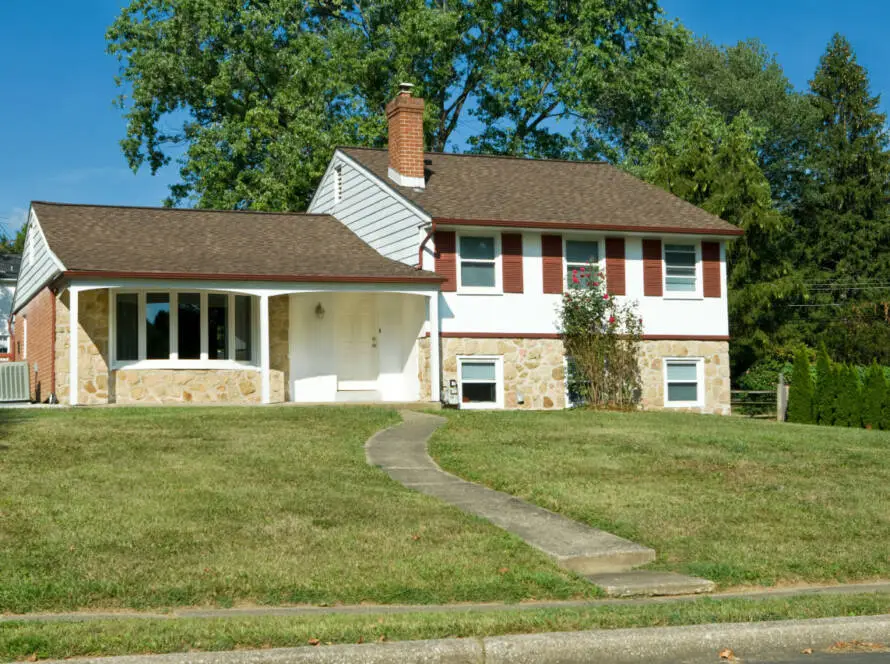When it comes to insulating your home, choosing the right material can impact energy efficiency, indoor air quality, and long-term costs on your utility bills. While spray foam is often marketed as the top-tier solution, residential applications of batt and blown-in insulation offer several advantages that make them superior choices for many homeowners. Let’s break down the differences and explain why batt and blown-in insulation might be the best fit for your home’s air barrier.
The Basics: Understanding Insulation Types
Insulation plays a critical role in preventing air infiltration and regulating indoor temperatures, reducing energy costs, and maintaining a comfortable living space. The three most common types of insulation are:
- Batt Insulation: Pre-cut fiberglass or mineral wool panels that fit snugly between wall studs and floor joists.
- Blown-In Insulation: Loose fiberglass or cellulose insulation that is blown into wall cavities or attic spaces.
- Spray Foam Insulation: A chemical-based product that expands and hardens, sealing gaps and providing high R-value per inch.
While all three types provide thermal resistance and will prevent air leakage, batt and blown-in insulation stand out for their affordability, safety, and long-term benefits.
Preventing Heat Loss: Why Choose Batt and Blown-In Over Spray Foam?

1. Environmentally Friendly & Healthier for Your Home
Unlike the various types of spray foam, batt and blown-in insulation do not contain harmful blowing agents or chemicals that off-gas over time. Spray foam can release volatile organic compounds (VOCs) that may impact indoor air quality, especially in tightly sealed homes. Batt and blown-in insulation, particularly fiberglass options, are non-toxic and free from hazardous emissions.
2. Moisture Management & Insurance Benefits
One of the biggest concerns with spray foam is its inability to allow moisture to escape. If water infiltrates a spray-foamed wall or attic, it can become trapped, leading to mold growth and damage to your home’s structural integrity, depending on the original building materials.
Insurance companies always consider proper insulation application, and are often hesitant to cover homes insulated with spray foam because moisture-related claims can be difficult and costly to resolve. On the other hand, batt and blown-in insulation allow for easier moisture detection and remediation, making them a more insurance-friendly choice.
3. Cost-Effectiveness & Energy Efficiency
While spray foam boasts high R-values, batt and blown-in insulation offer excellent performance at a fraction of the cost. Homeowners can achieve the same energy efficiency with batt insulation combined with proper air sealing techniques, such as poly vapor barriers and meticulous installation. At Shoreline, we use blower door testing to ensure airtightness with batt insulation, proving that high performance doesn’t have to come with a high price tag.
4. Ease of Replacement & Long-Term Maintenance
Homes require maintenance over time, and insulation is no exception. With their more straightforward installation and application process, batt and blown-in insulation can be easily removed and replaced if needed—whether due to renovations, water damage, or an upgrade. Spray foam, however, is labor-intensive to remove, particularly from crawl spaces, and can lead to costly demolition if changes are required down the line.
5. Fire Safety & Toxicity Levels
Fire resistance is another major advantage of batt and blown-in insulation. In addition to stopping air leaks, fiberglass insulation does not burn easily or produce toxic smoke. Spray Polyurethane Foam, on the other hand, can release carcinogenic fumes when exposed to high heat or flames. Choosing batt or blown-in insulation reduces the risk of toxic exposure in the event of a fire.
Making the Right Choice for Your Home
When selecting insulation, homeowners should consider factors like climate, home design, budget, and long-term sustainability. At Shoreline, we specialize in batt and blown-in fiberglass insulation because it provides a balance of performance, affordability, and environmental responsibility.
Our team ensures optimal installation with expert air sealing techniques and blower door testing to ensure an energy efficient home without resorting to spray foam.
Why Choose Shoreline BP for Energy Savings?
- We use safe, non-toxic insulation materials for a healthier home.
- We provide blower door testing to verify an airtight barrier and energy performance.
- We understand rebate programs and financial incentives, helping you maximize savings.
- Our insulation solutions are cost-effective, high-performing, and easy to maintain.
If you’re considering upgrading your home’s insulation, contact Shoreline today for expert advice and a customized plan based on a thorough that meets your needs and reduces your energy bills. Your home deserves insulation that is efficient, safe, and built to last.



